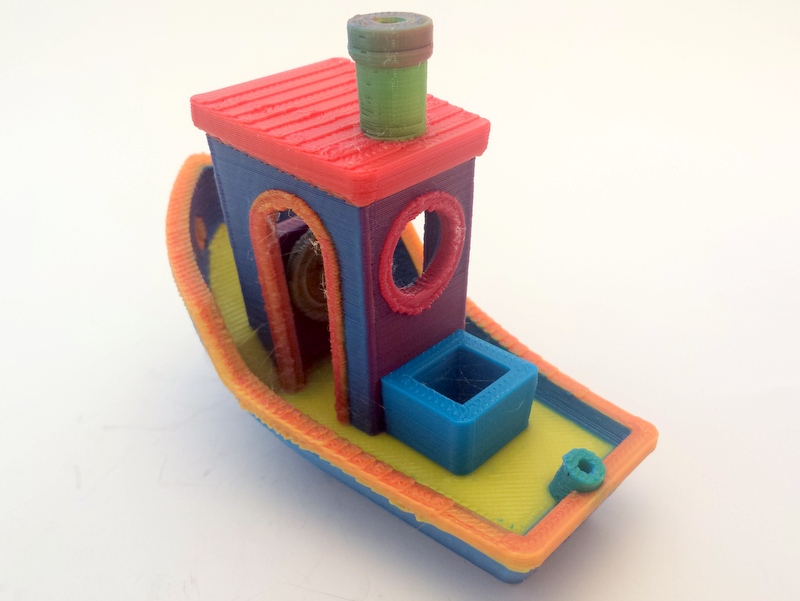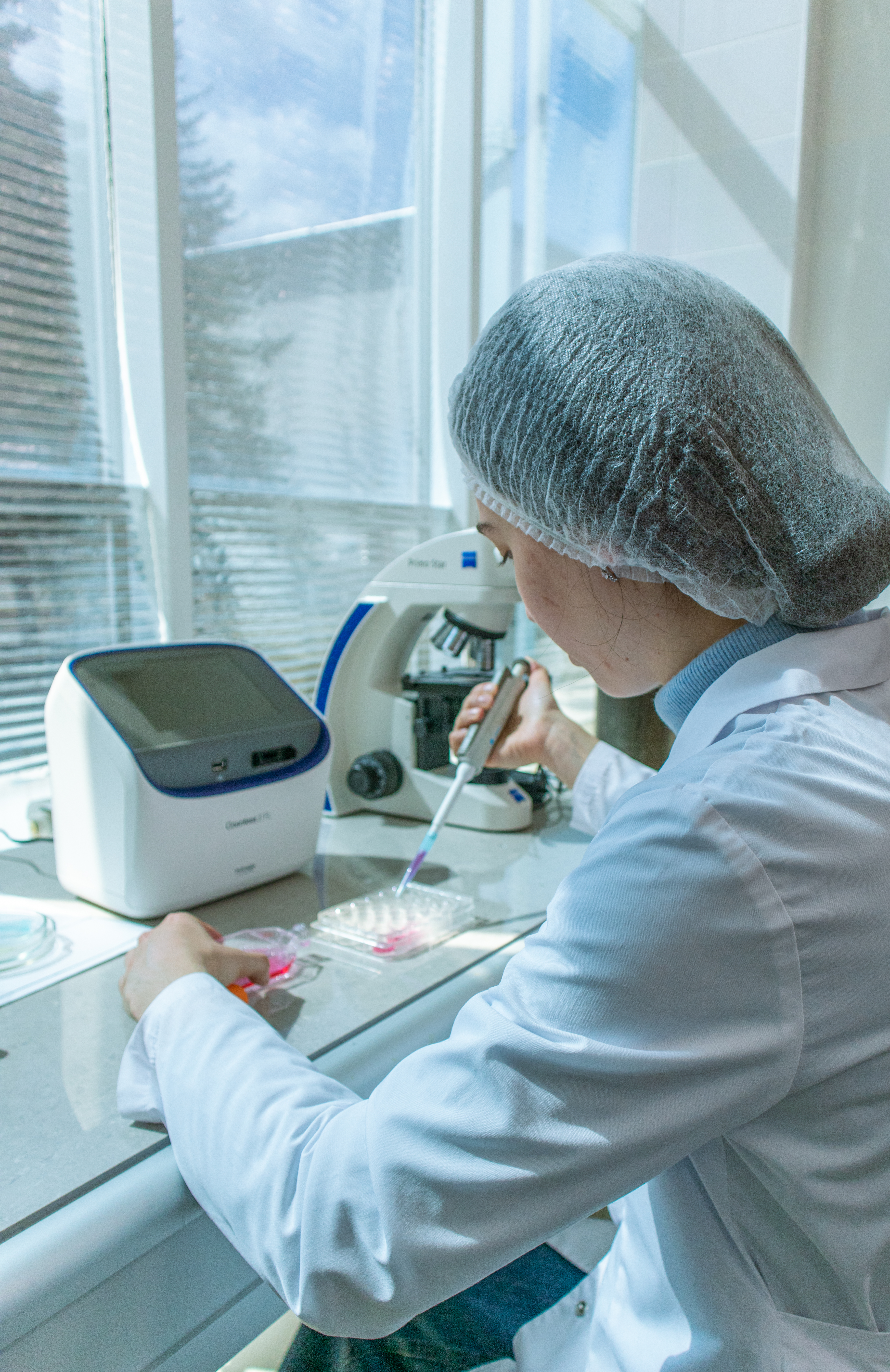|
Holographic Direct Sound Printing
Holographic direct sound printing (HDSP) is a method of 3D printing which use acoustic holograms, developed by researchers at Concordia University. Researchers claim that the printing process can be carried out 20 times faster and that it presents the advantages that an object can be created at once and several objects can be created at the same time. According to researchers, it can be used to print inside opaque surfaces, for example inside the human body, thus opening new opportunities in medicine. It is based on Direct Sound Printing method, introduced in 2022. A similar method, to print 3D objects using ultrasound holograms, based on acoustic trapping, was proposed by researchers at the Max Planck Institute for Medical Research and Heidelberg University, in February 2023. See also * Acoustic tweezers Acoustic tweezers (also known as acoustical tweezers) are a set of tools that use sound waves to manipulate the position and movement of very small objects. Strictly speaking ... [...More Info...] [...Related Items...] OR: [Wikipedia] [Google] [Baidu] |
3D Printing
3D printing, or additive manufacturing, is the construction of a three-dimensional object from a CAD model or a digital 3D model. It can be done in a variety of processes in which material is deposited, joined or solidified under computer control, with the material being added together (such as plastics, liquids or powder grains being fused), typically layer by layer. In the 1980s, 3D printing techniques were considered suitable only for the production of functional or aesthetic prototypes, and a more appropriate term for it at the time was rapid prototyping. , the precision, repeatability, and material range of 3D printing have increased to the point that some 3D printing processes are considered viable as an industrial-production technology; in this context, the term ''additive manufacturing'' can be used synonymously with ''3D printing''. One of the key advantages of 3D printing is the ability to produce very complex shapes or geometries that would be otherwise infeasi ... [...More Info...] [...Related Items...] OR: [Wikipedia] [Google] [Baidu] |
Acoustic Holography
Acoustic holography is a technique that allows three-dimensional distributions of sound waves called ''sound fields'' to be stored and reconstructed. To do this, sound passing through a surface is recorded as a two-dimensional pattern called a ''hologram'' (a type of interferogram). The hologram contains information about the phase and amplitude of the sound waves passing though. This pattern can be used to reconstruct the entire three-dimensional sound field. Acoustic holography is similar in principle to optical holography. Forms There are two distinct forms of acoustic holography: farfield acoustical holography (FAH) and nearfield acoustical holography (NAH). The distinction lies in the distance of the sound source to the hologram, which impacts the resolution of the reconstructed sound field. Method The hologram is made by measuring acoustic pressure away from the source using an array of transducers (microphones) or a single scanning transducer. The next stage is data ... [...More Info...] [...Related Items...] OR: [Wikipedia] [Google] [Baidu] |
Max Planck Institute For Medical Research
The Max Planck Institute for Medical Research in Heidelberg, Germany, is a facility of the Max Planck Society for basic medical research. Since its foundation, six Nobel Prize laureates worked at the Institute: Otto Fritz Meyerhof (Physiology), Richard Kuhn (Chemistry), Walther Bothe (Physics), André Michel Lwoff (Physiology or Medicine), Rudolf Mößbauer (Physics), Bert Sakmann (Physiology or Medicine) and Stefan W. Hell (Chemistry). History The institute was founded in 1927 by Ludolf von Krehl as the Kaiser Wilhelm Institute for Medical Research, opened in 1930, and re-founded as a Max Planck Institute in 1948. Its original goal was to apply the methods of Physics and Chemistry to basic medical research, e.g. radiation therapy for cancer treatment, and it included departments of Chemistry, Physiology, and Biophysics. In the 1960s, new developments in biology were reflected with the establishment of the Department of Molecular Biology. Toward the end of the 1980s and ... [...More Info...] [...Related Items...] OR: [Wikipedia] [Google] [Baidu] |
Heidelberg University
Heidelberg University, officially the Ruprecht Karl University of Heidelberg (; ), is a public research university in Heidelberg, Baden-Württemberg, Germany. Founded in 1386 on instruction of Pope Urban VI, Heidelberg is Germany's oldest university and one of the world's oldest surviving universities; it was the third university established in the Holy Roman Empire after Prague (1347) and Vienna (1365). Since 1899, it has been a coeducational institution. Heidelberg is one of the most prestigious universities in Germany. It is a German Excellence University, part of the U15, as well as a founding member of the League of European Research Universities and the Coimbra Group. The university consists of twelve faculties and offers degree programmes at undergraduate, graduate and postdoctoral levels in some 100 disciplines. The language of instruction is usually German, while a considerable number of graduate degrees are offered in English as well as some in French. 57 Nobel ... [...More Info...] [...Related Items...] OR: [Wikipedia] [Google] [Baidu] |
Acoustic Tweezers
Acoustic tweezers (also known as acoustical tweezers) are a set of tools that use sound waves to manipulate the position and movement of very small objects. Strictly speaking, only a single-beam based configuration can be called acoustical tweezers. However, the broad concept of acoustical tweezers involves two configurations of beams: single beam and standing waves. The technology works by controlling the position of acoustic pressure nodesGorkov, L. P.; Soviet Physics- Doklady, 1962, 6(9), 773-775. that draw objects to specific locations of a standing acoustic field. The target object must be considerably smaller than the wavelength of sound used, and the technology is typically used to manipulate microscopic particles. Acoustic waves have been proven safe for biological objects, making them ideal for biomedical applications. Recently, applications for acoustic tweezers have been found in manipulating sub-millimetre objects, such as flow cytometry, cell separation, cell trapping ... [...More Info...] [...Related Items...] OR: [Wikipedia] [Google] [Baidu] |
3D Printing Processes
A variety of processes, equipment, and materials are used in the production of a three-dimensional object via additive manufacturing. 3D printing is also known as additive manufacturing, because the numerous available 3D printing process tend to be additive in nature, with a few key differences in the technologies and the materials used in this process. Some of the different types of physical transformations which are used in 3D printing include melt extrusion, light polymerization, continuous liquid interface production and sintering. Types of 3D printing processes There are many 3D printing processes, that are grouped into seven categories by ASTM International in the ISO/ASTM52900-15: * #Stereolithography, Vat photopolymerization * #Material jetting, Material jetting * #Binder jetting, Binder jetting * #Powder bed fusion, Powder bed fusion * #Material extrusion, Material extrusion * #Directed energy deposition (DED), Directed energy deposition * #Lamination, Sheet lamination ... [...More Info...] [...Related Items...] OR: [Wikipedia] [Google] [Baidu] |
3D Imaging
In computer vision and computer graphics, 3D reconstruction is the process of capturing the shape and appearance of real objects. This process can be accomplished either by active or passive methods. If the model is allowed to change its shape in time, this is referred to as spatio-temporal reconstruction, non-rigid or spatio-temporal reconstruction. Motivation and applications The research of 3D reconstruction has always been a difficult goal. By Using 3D reconstruction one can determine any object's 3D profile, as well as knowing the 3D coordinate of any point on the profile. The 3D reconstruction of objects is a generally scientific problem and core technology of a wide variety of fields, such as Computer Aided Geometric Design (CAGD), computer graphics, computer animation, computer vision, medical imaging, computational science, virtual reality, digital media, etc. For instance, the lesion information of the patients can be presented in 3D on the computer, which offers a new ... [...More Info...] [...Related Items...] OR: [Wikipedia] [Google] [Baidu] |
Biotechnology
Biotechnology is a multidisciplinary field that involves the integration of natural sciences and Engineering Science, engineering sciences in order to achieve the application of organisms and parts thereof for products and services. Specialists in the field are known as biotechnologists. The term ''biotechnology'' was first used by Károly Ereky in 1919 to refer to the production of products from raw materials with the aid of living organisms. The core principle of biotechnology involves harnessing biological systems and organisms, such as bacteria, yeast, and plants, to perform specific tasks or produce valuable substances. Biotechnology had a significant impact on many areas of society, from medicine to agriculture to environmental science. One of the key techniques used in biotechnology is genetic engineering, which allows scientists to modify the genetic makeup of organisms to achieve desired outcomes. This can involve inserting genes from one organism into another, and con ... [...More Info...] [...Related Items...] OR: [Wikipedia] [Google] [Baidu] |
Holography
Holography is a technique that allows a wavefront to be recorded and later reconstructed. It is best known as a method of generating three-dimensional images, and has a wide range of other uses, including data storage, microscopy, and interferometry. In principle, it is possible to make a hologram for any type of Holography#Non-optical holography, wave. A hologram is a recording of an Wave interference, interference pattern that can reproduce a 3D light field using diffraction. In general usage, a hologram is a recording of any type of wavefront in the form of an interference pattern. It can be created by capturing light from a real scene, or it can be generated by a computer, in which case it is known as a computer-generated hologram, which can show virtual objects or scenes. Optical holography needs a laser light to record the light field. The reproduced light field can generate an image that has the depth and parallax of the original scene. A hologram is usually unintelligi ... [...More Info...] [...Related Items...] OR: [Wikipedia] [Google] [Baidu] |






